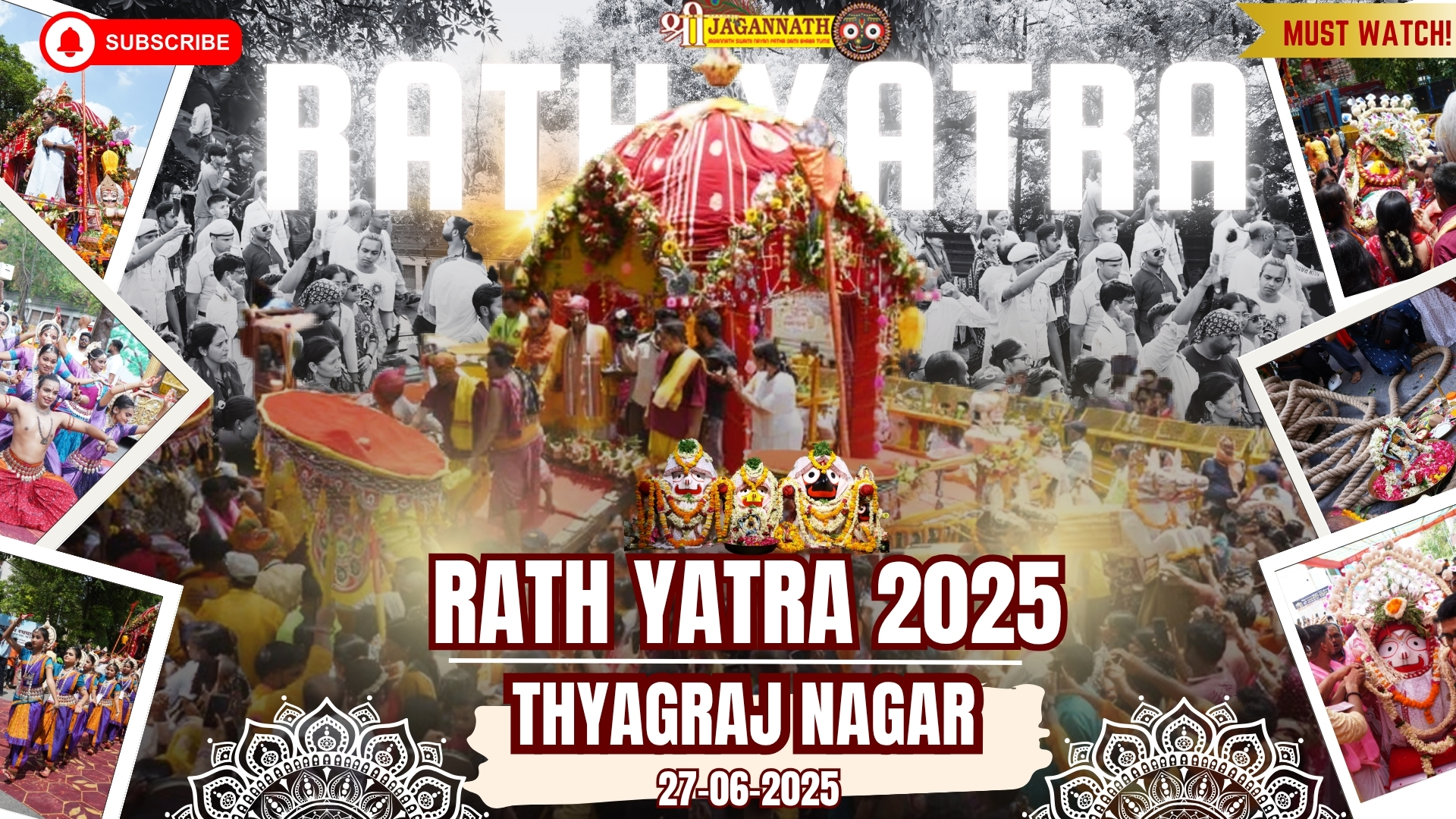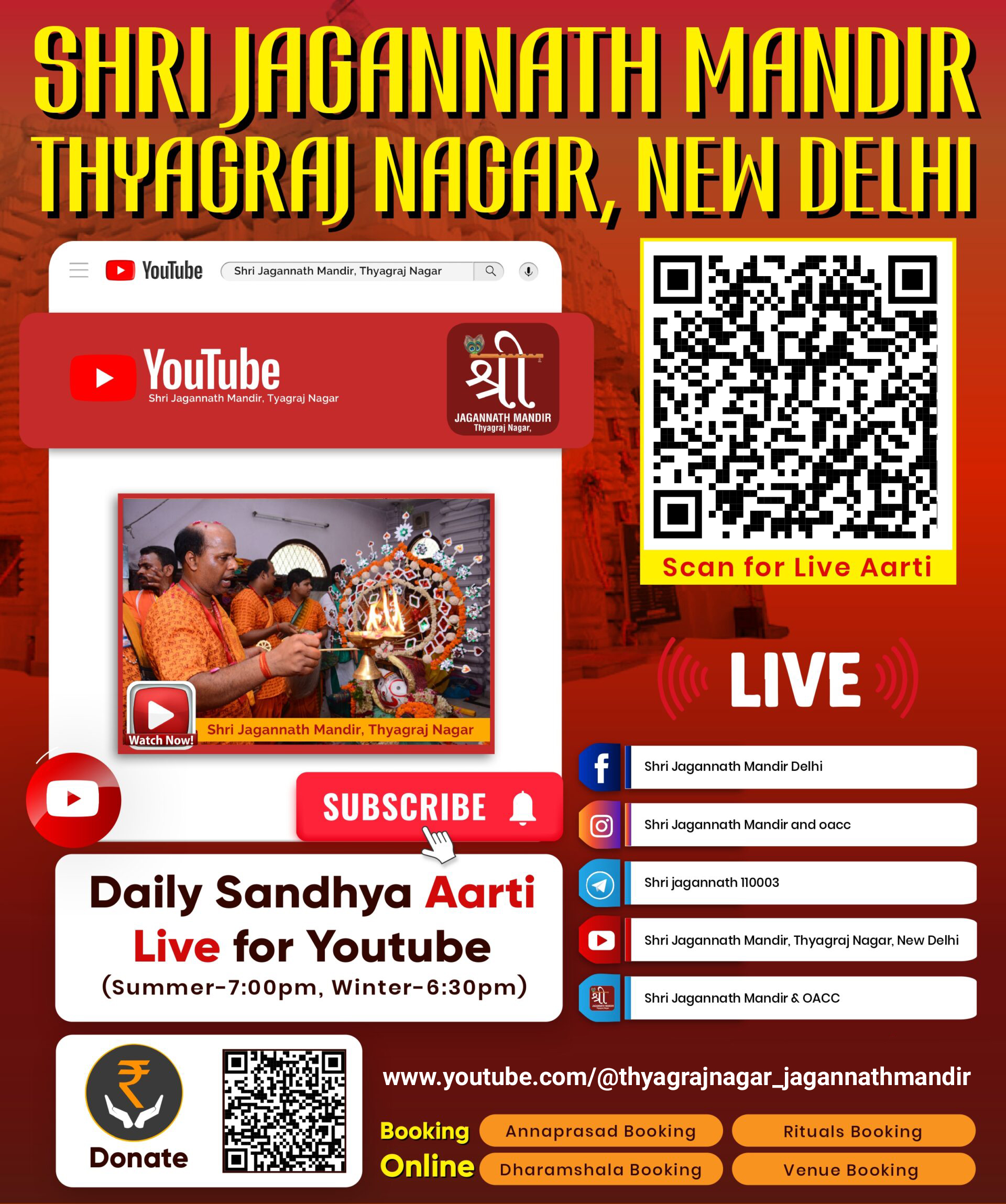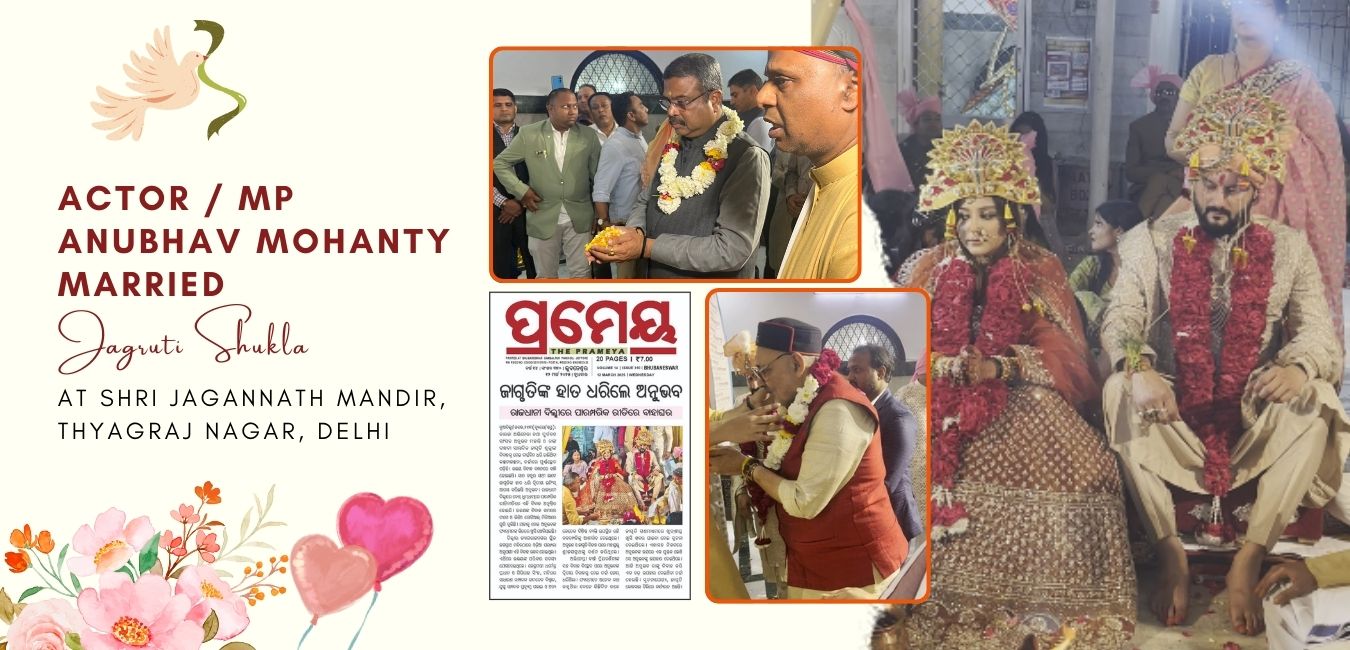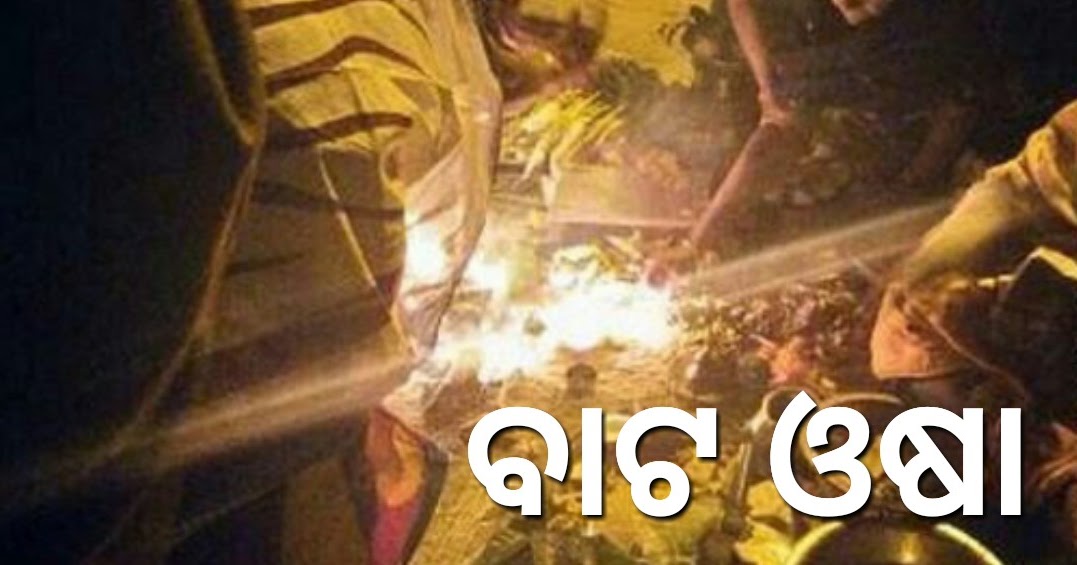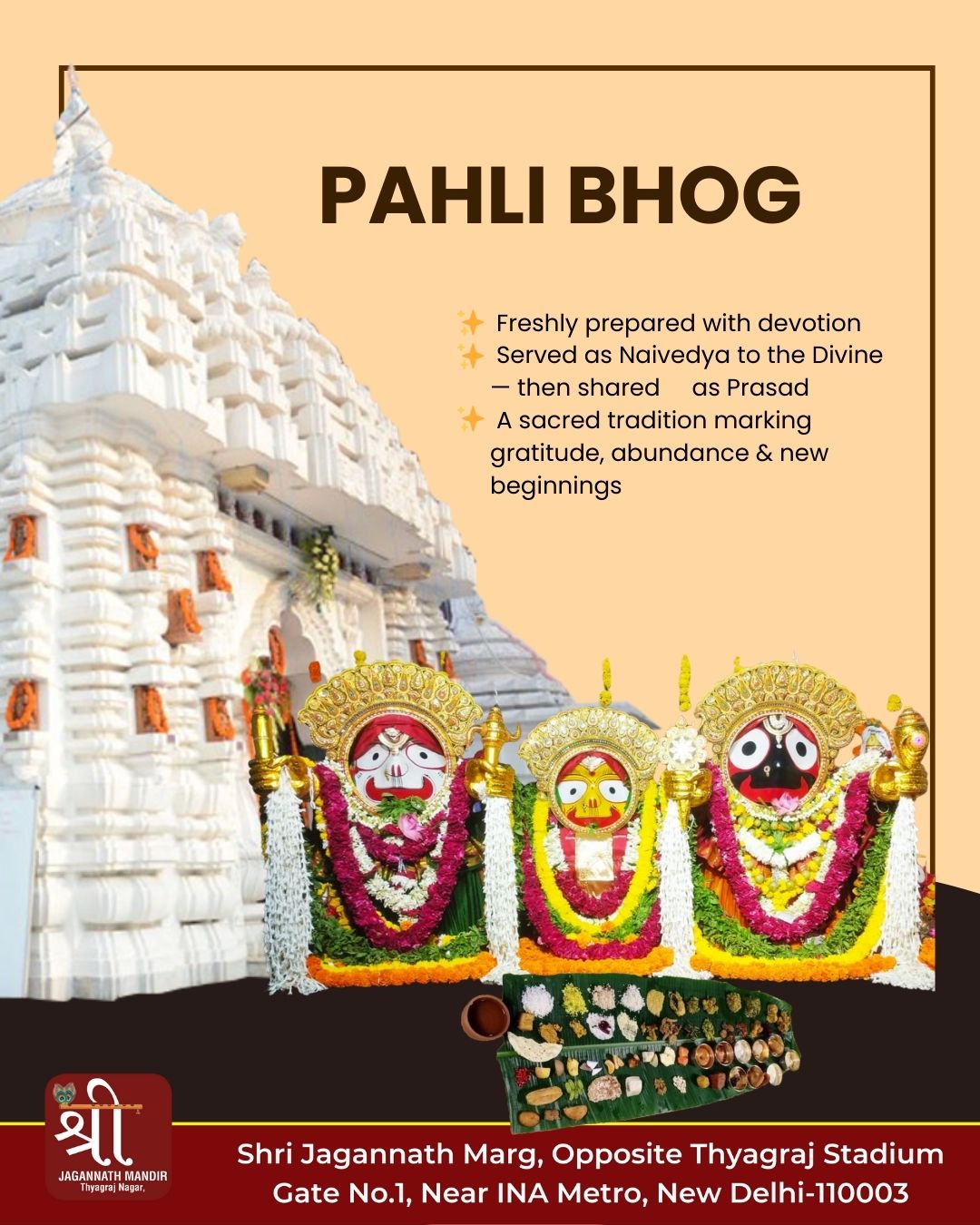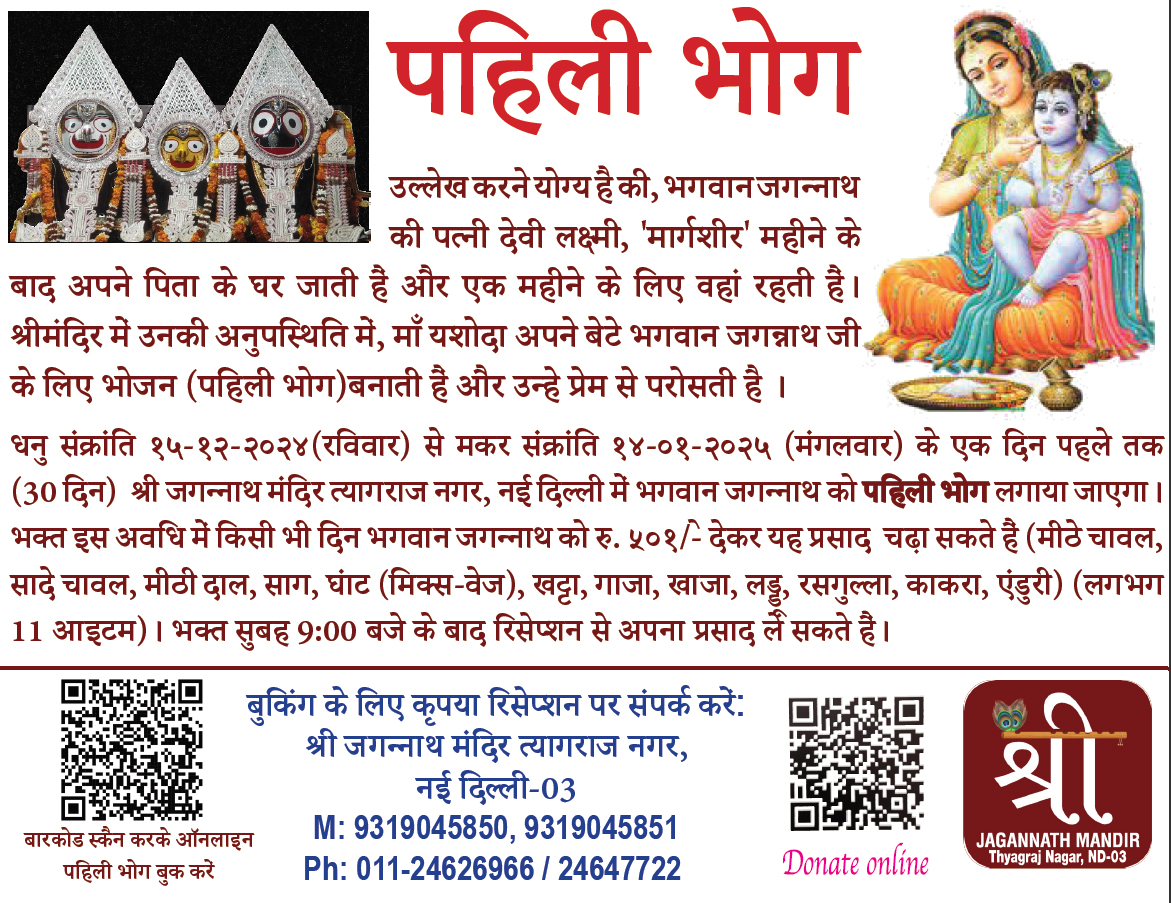Rath Yatra, celebrated with grandeur in Puri, Odisha, is a festival rich in rituals and traditions. The day of Rath Yatra is marked by a series of elaborate and spiritually significant rituals that attract millions of devotees from across the globe. Here’s a detailed look at the key rituals performed on Rath Yatra day:
1. Mangala Aarti
The day begins with the Mangala Aarti, a pre-dawn ritual where the deities are worshipped and offered prayers. This is an auspicious ceremony that marks the start of the festival.
2. Snana Purnima
Prior to the Rath Yatra, the deities undergo a ceremonial bath known as Snana Purnima. This is followed by a period of seclusion, called Anavasara, during which the deities are believed to fall ill and are kept away from public view for about fifteen days.
3. Pahandi Bije
The Pahandi Bije is the grand procession where the idols of Lord Jagannath, Lord Balabhadra, and Goddess Subhadra are brought out of the sanctum sanctorum of the Jagannath Temple. Devotees and priests carry the deities amidst the chanting of hymns, beating of drums, and blowing of conch shells.
4. Chhera Pahanra
One of the most significant rituals is the Chhera Pahanra, performed by the Gajapati King of Puri. The king sweeps the chariots with a golden broom and sprinkles sandalwood water and flowers. This act symbolizes humility and the message that everyone is equal in the eyes of the divine.
5. Rath Pratishtha
The deities are then installed on their respective chariots in a ritual known as Rath Pratishtha. The chariots are beautifully decorated with flowers, fabrics, and other adornments.
6. Pulling of the Chariots
The highlight of the day is the pulling of the chariots. Devotees gather in large numbers to pull the massive chariots through the streets of Puri. The journey from the Jagannath Temple to the Gundicha Temple covers about 3 kilometers. Devotees believe that pulling the chariots brings them closer to the deities and earns them divine blessings.
7. Journey to Gundicha Temple
The chariots are pulled to the Gundicha Temple, which is considered the deities’ aunt’s house. The deities stay here for nine days, during which various rituals and festivities continue.
8. Maha Prasad
Maha Prasad, the holy food offering, plays a vital role in the celebrations. It is distributed among the devotees, symbolizing the blessings of Lord Jagannath. Consuming this prasad is considered highly auspicious.
9. Evening Aarti and Darshan
In the evening, after the deities are settled in their respective places at the Gundicha Temple, an aarti is performed. Devotees then get the opportunity for darshan, or viewing of the deities.
10. Cultural Programs
The Rath Yatra day is also marked by various cultural programs, including traditional music and dance performances, which continue into the night. These performances celebrate the rich cultural heritage of Odisha and add to the festive atmosphere.
Conclusion
The rituals of Rath Yatra are a blend of deep spiritual significance, rich traditions, and vibrant cultural expressions. Each ritual carries profound meaning and reflects the devotion of millions of followers. The festival not only symbolizes the journey of the deities but also the spiritual journey of the devotees towards divinity.
Let’s Celebrate this Yatra with Family and Friends at Shri Jagannath Mandir, Thyagraj Nagar
Know more about Rath Yatra Mahotsav 2024 at Shri Jagannath Mandir, Thyagraj Nagar, Delhi



